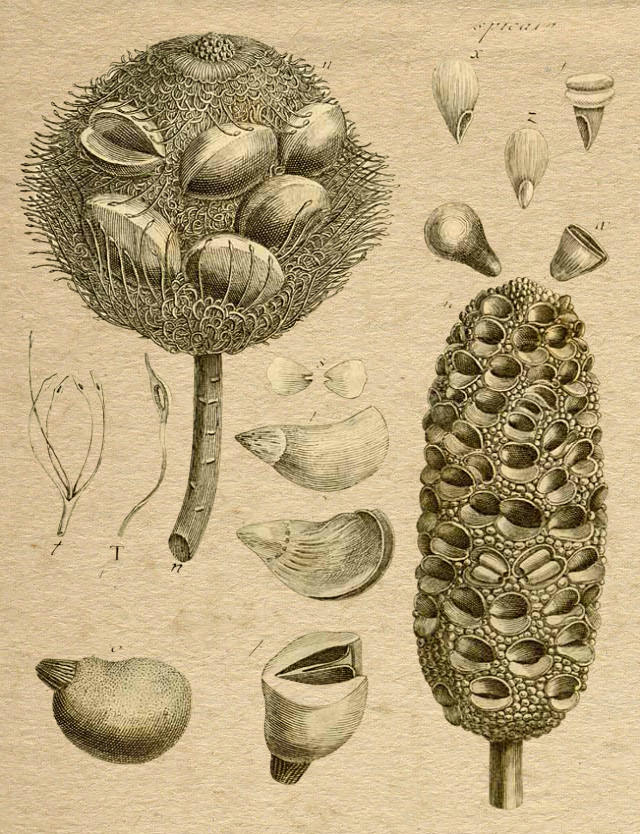The common plant name is the name by which it is popularly recognised in a given language or location. Unlike scientific names, which use standardised binomial nomenclature, common names can vary greatly and range from one location or culture to another. They are frequently chosen based on the plant’s appearance, qualities, use, or cultural importance.
A plant might have multiple common names. This difference in names can develop for several reasons:
- Regional Variations: Different regions have different names for the same plant due to regional dialects, cultural influences, and historical considerations.
- Cultural Variation: plant names can differ between cultural or ethnic groups, within the same region, indicating differing plant traditions, practices, or use.
- Language Variation: In multilingual areas, the same plant may have distinct common names in several languages.
- Historical Context: names can change over time with different names given to the same plant in different historical periods or situations.
Problems with common plant names
While common names are useful for everyday communication, they can also be confusing, particularly when numerous common names are used for the same plant. This is one of the reasons why the scientific naming system, with its standardised binomial nomenclature, is critical for proper identification and communication in scientific settings.

For Banksia integrifolia, common plant names include coast banksia, honeysuckle, white banksia, white bottlebrush, white honeysuckle and honeysuckle oak.
How many common names can a plant have?
Plants can have multiple common names, not only within individual countries but also globally. Each plant has two names: the genus and the species, represented in italics. For example, Rosa rugosa is the Latin name for the Japanese rose[1]. Common names are simpler and easier to remember, like “Peacock plant” for Calathea makoyana or “Rubber plant” for Ficus elastica. However, common names can vary regionally and confuse. To avoid this, plants are given unique botanical names following a binomial system developed by Carl Linnaeus in the 18th century. The botanical name includes the genus and species, providing a universal way to identify plants regardless of language or location[2].
Citations:
[1] https://www.gardenersworld.com/plants/gardening-for-beginners-latin-plant-names/
[2] https://www.purdue.edu/hla/sites/yardandgarden/how-plants-are-named/
